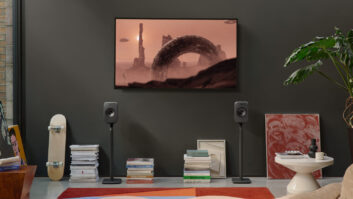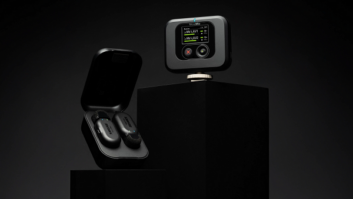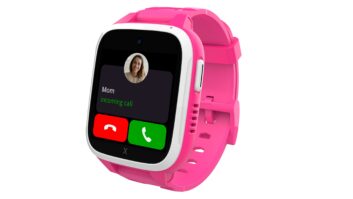Competition in the wireless multiroom-audio market is turning into a bare-knuckled street brawl.
Newcomers entering the market have made some indirect but uncomplimentary comments about Sonos, the market pioneer that launched the first wireless multiroom-audio system a decade ago. Many newcomers contend their products will be more musical and offer more margin than Sonos products.
With the number of newcomers hitting a new high this year, Sonos is fighting back to defend its turf.
In a blog post, Sonos co-founder and general counsel Craig Shelburne complained that “several companies have entered the wireless home audio space with product features, designs and messaging strikingly similar to Sonos, without truly moving the experience forward in any way.”
In a blog post about six months ago, Shelburne said he “outlined how Sonos thinks about our innovations and the patents that protect some of these inventions. In essence, we laid out an approach designed to increase visibility to our patent filings so others could more closely track the innovations at the heart of the Sonos music experience. It is a simple proposition for anyone interested in how our system works, including our competitors: Read. Learn. Create your own experience. But don’t merely copy.”
Next punch: Sonos filed a patent-infringement lawsuit over Denon’s Heos line, accusing Denon not only of patent infringement but copycat marketing.
Said Shelburne, “For anyone who has looked at Denon’s Heos product line, you will recognize many of the same elements found in Sonos products, with little or no effort to differentiate features or functionality. Beginning with its product name and messaging (which in some instances they have just copied word for word), Denon borrows liberally from virtually all aspects of the Sonos story.”
Sonos contends Denon’s naming convention for its Heos speaker line “closely resembles Sonos’s naming convention,” pointing to Denon’s Heos 3, Heos 5, and Heos 7 compared to Sonos’s Play:1, Play:3, and Play:5.
Denon’s website for the Heos products “also has a layout that is similar to Sonos’s website,” Denon’s marketing materials “use graphics that closely resemble graphics used in Sonos’s marketing materials,” and Denon’s taglines “closely resemble taglines used by Sonos,” the suit contends. In particular, the suit cited Denon’s “fill every room with music” tagline and compared it to Sonos’s “fill your home with music.”
Some of the copycat complaints seem stretched. A good-better-best naming convention is standard operating procedure in the CE industry, as is the industry’s move away from complex model numbers. A lot of companies’ web sites don’t look that much different from others (and might I say most are confusing anyway, but that’s another story). And filling your home or every room with music is a concept that goes back to the early days of the custom-install industry. I’d be hard-pressed to come up with other succinct phrases that accurately describe what a multiroom-audio system does. Send music to every room? Play music throughout the house? Music everywhere? All sounds pretty similar to me.
(Bose, by the way, was the first to use the term “room-filling sound,” but lots of companies since have been using similar terms to describe their tabletop audio products.)
Whether Sonos’s patent-infringement accusations are valid or not is another story. The lawyers and engineers will settle that discussion.
Are more lawsuits coming?
Said a Sonos spokesman, “We are not commenting in the case or possible future actions beyond what we have in the blog and what is filed in the brief that the blog links to.”
In any case, I’m sure the competition is taking a second look at their technologies to ensure they’re not infringing. Perhaps you’ll be getting a software “update” soon.













